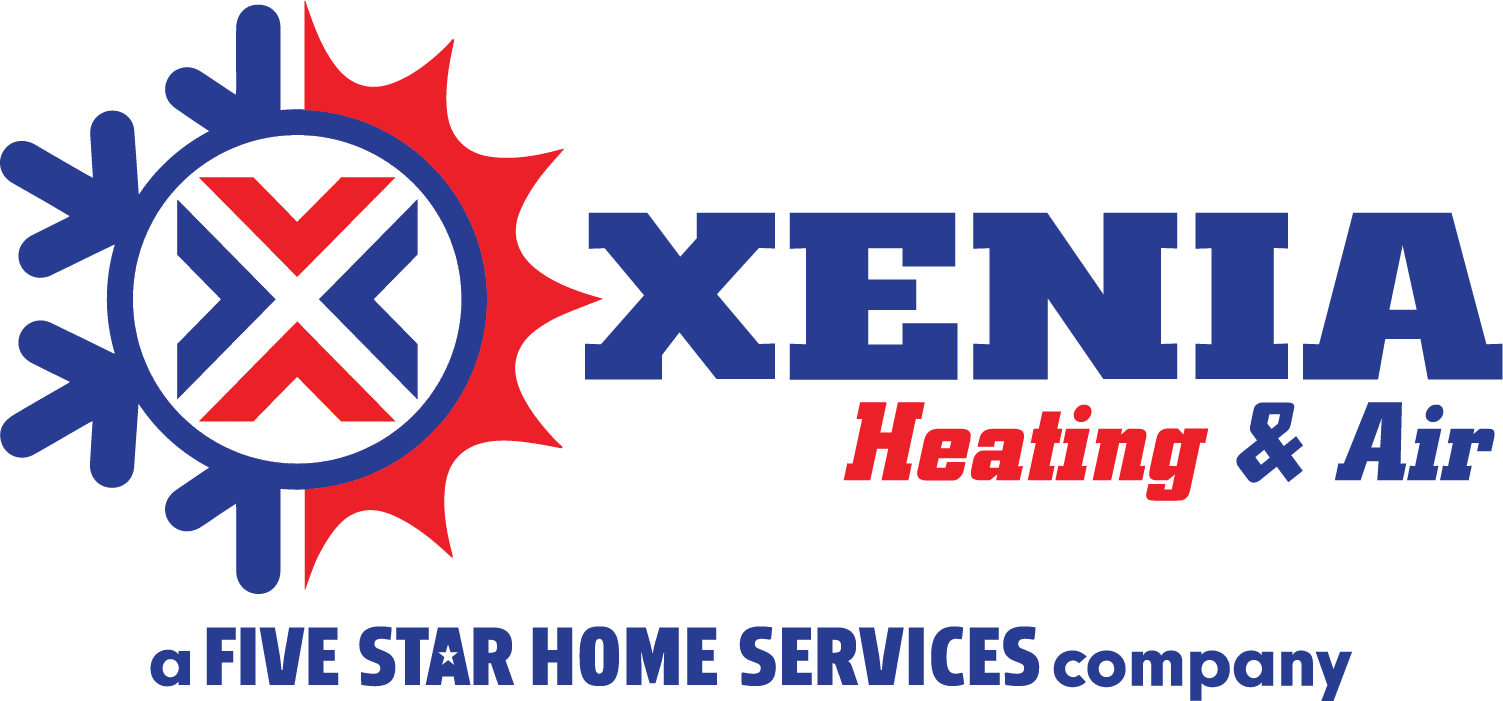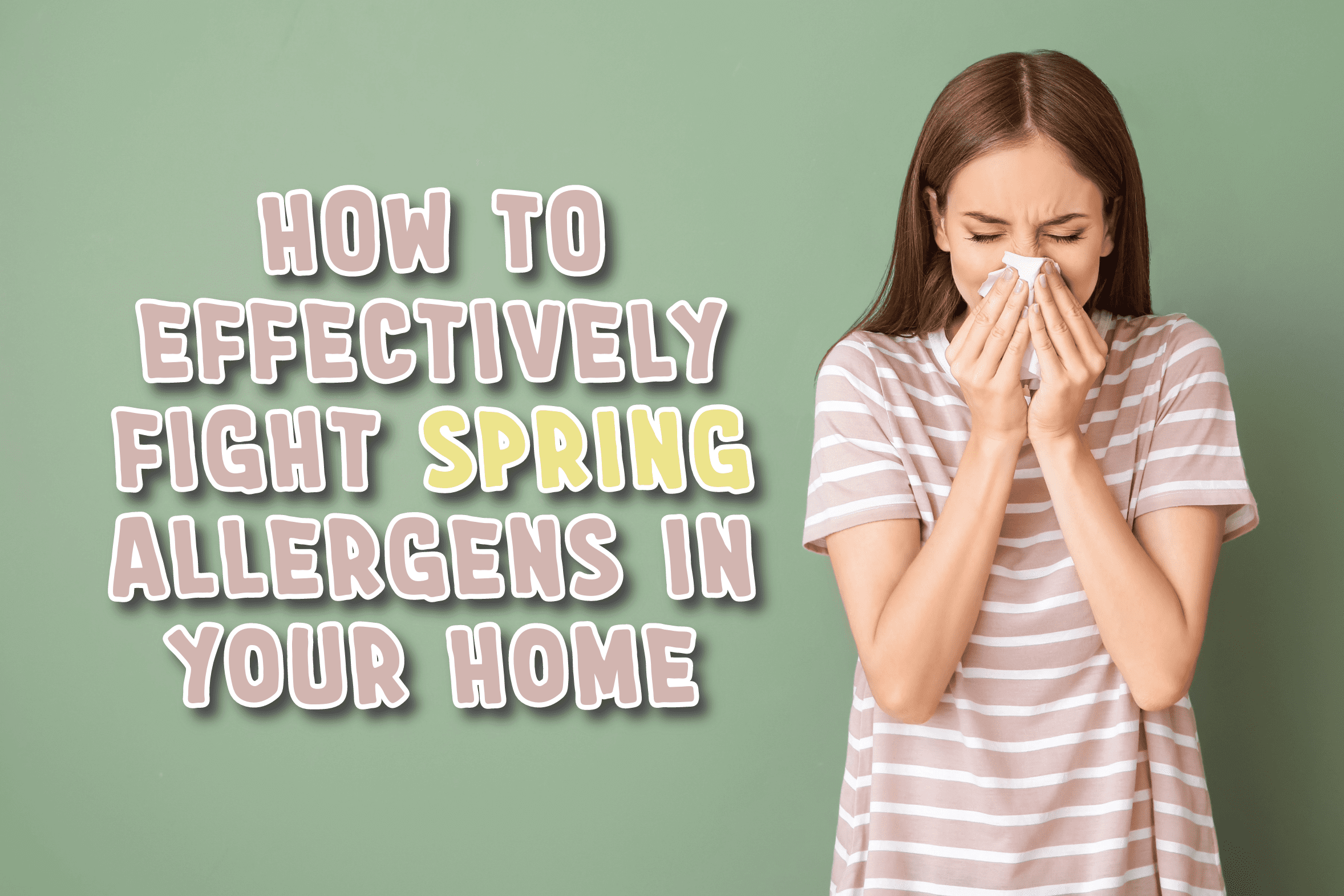Spring arrives officially on March 19th this year! While it brings warmer weather and beautiful flowers, it also brings seasonal allergies to many Ohio residents. As we know, allergies can cause various unpleasant symptoms. These symptoms are commonly referred to as hay fever. So, if you’re one of the many people in Ohio who suffer from seasonal allergies, Xenia Heating & Air has practical solutions to help you combat allergens in your home.
The Symptoms of Hay Fever
Hay fever, or allergic rhinitis, is the most common allergy in Ohio. It happens when your immune system overreacts to allergens like pollen, producing histamines that lead to allergy symptoms. These symptoms can range from mild to severe and may last for weeks or months.
Some common hay fever symptoms include:
· Sneezing
· Runny or congested nose
· Itchy eyes, mouth, throat, or skin
· Ear congestion
· Postnasal drip
If you frequently experience these symptoms in spring and summer, it’s likely that you have hay fever due to allergens in Ohio.
Ohio’s Landscape Causes Allergies
To understand why Ohio experiences high levels of pollen and allergies, it’s important to consider its diverse landscape first of all. Ohio is comprised of urban areas, farmland, forests, lakes, and rivers, each of which holds various plant and tree species that produce pollen and allergens. These environmental factors contribute to a longer allergy season, which typically spans from February to November.
The Kinds of Allergens Found in Ohio
These include but are not limited to:
· Tree Pollen: Pollen from trees like oak, maple, birch, cedar, pine, and hickory can cause allergies, especially in spring.
· Grass Pollen: Grasses such as Kentucky bluegrass, timothy grass, and Bermuda grass release pollen, leading to allergies, particularly in late spring and early summer.
· Weed Pollen: Ragweed is a major weed in Ohio that produces abundant pollen in late summer and early fall, causing allergies for many people.
· Mold Spores: Mold spores are a common allergen in Ohio. Mold can grow on decaying vegetation, leaves, and other organic matter.
Here’s How to Combat Allergens with Home Solutions
While it may be challenging to completely prevent allergies, you can take practical steps to minimize the impact of allergens in your home. Here are a few solutions you can implement:
1. Keep your windows closed during peak pollen season (typically spring and summer).
2. Vacuum regularly using a HEPA filter for carpets and furniture.
3. Wash your bedding and curtains frequently in hot water to remove pollen and other allergens.
4. Take a shower immediately after being outdoors to wash off any pollen or allergens.
5. Dust frequently, especially on bookshelves and other surfaces that collect dust.
6. Change your air filters regularly to prevent allergens from circulating in your home. Every 1-2 months is a good guideline to follow.

Fun Fact: Were you aware that hay fever affects approximately 1 in every 5 individuals at least once during their lifetime?
Here’s How to Combat Allergens with Professional Solutions
Implementing practical home solutions in your daily life is the best way to find immediate relief. However, there may be situations where professional solutions or services are necessary. Here are a few suggestions to consider:
A Whole-home Air Purifier
Install a whole-home air purification system, such as the iWave, to work together with your HVAC system to keep the air in your home clean and fresh. This system utilizes advanced ionization technology to effectively reduce allergens, bacteria, viruses, and other particles that can cause allergies and respiratory problems.
A Whole-home Dehumidifier
Install a whole-home dehumidifier to combat high humidity levels. Excess moisture in your home provides a breeding ground for all types of allergens. By reducing moisture, you can create a less hospitable environment for these allergens.
A Smart Thermostat
Install a smart thermostat to monitor humidity levels in your home. When moisture levels are too high, a smart thermostat will notify you so you can take appropriate action. On top of that, smart thermostats also have the ability to notify you when your air filter is due for a change. Pretty neat, right?
A Ductwork Cleaning
According to the EPA, indoor air can be five times more polluted than outdoor air. This pollution includes allergens like pollen, dust mites, and mold spores that can accumulate in your home’s ductwork. To remove the unwanted buildup from over the years, a professional air duct cleaning is optimal! Plus, you usually only need this service every three to five years, so it is not something that needs to be performed frequently.
Are you interested in any of these options? Feel free to give us a call to discuss which one may be the best fit for you, your family, and your home!
Allergies are a common issue for many people. However, with these practical solutions, you can minimize their impact on your daily life. By understanding the causes and symptoms of allergies and implementing both home and professional remedies, you can enjoy springtime without constant suffering. Take control of your allergies today, and remember to contact us for all your HVAC air quality needs.
Count on Xenia Heating & Air for anything HVAC-related! Call us today at (937) 708-8451, or schedule an appointment online now by clicking here!




